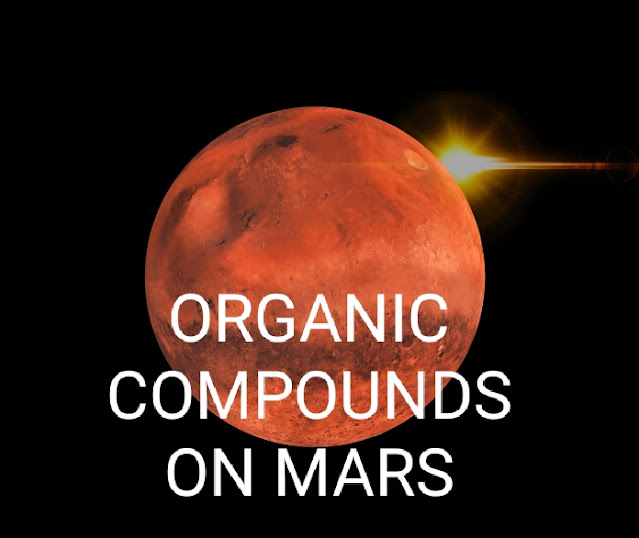1. Ganymede
Ganymede is the largest Moon (Natural Satellite) of planet Jupiter and most massive of all Moons in our Solar System. Diameter of Ganymede is 5268km (3273mi) which is 8% larger than that of planet Mercury and its mass is also largest of all moons of the Solar System and is 2.2 times of our Moon. Ganymede is the third of the Galilean moons, the first group of objects discovered orbiting another planet. It is composed of approximately equal amounts of silicate rock and water.
Surface of Ganymede is composed of mainly two types of terrain: Dark Region, dated to 4 billion years ago and is saturated with impact craters, covering one-third of it. Lighter Region, which cover the remainder crosscut by extensive grooves and ridges which are slightly less ancient. The average density of Ganymede is 1.936g/cm³, suggests a composition of about equal parts Rocky material and mostly water ices. Some of the water is liquid, forming an underground ocean.
Ganymede has a permanent (intrinsic) magnetic moment independent of the Jovian magnetic field. The permanent magnetic moment cause a part of space around ganymede, creating a tiny magnet or sphere embedded inside that of Jupiter.
2. Titan
Titan is the largest moon of the sixth planet of the Solar System which is Saturn. It is also the second largest Moon in our Solar System. It is the only known Moon in the Solar System which has its own dense atmosphere, and the only known body in space, other than Earth, where clear evidence of stable bodies of surface liquid has been found.
Titan is 50% larger in diameter than Earth's Moon and 80% more massive. It is the second largest moon in the Solar System after jupiter's moon Ganymede, and is larger than the planet Mercury, but only 40% as massive. Its surface is predominantly composed of ice and rocky material, which is likely differentiated into a rocky core surrounded by various layers of ice, including a crust of ice and subsurface layer of ammonia rich liquid water.
The atmosphere of Titan is largely composed of Nitrogen, minor components lead to the formation of methane and ethane clouds and heavy organonitrogen haze. Its climate also includes rain and wind which makes ots surface similar to that of the Earth, such as dunes, rivers, lakes, oceans and deltas and is dominated by seasonal weather patterns as on Earth.
Titan's diameter is 5,149.46km (3,199.73 mi) which is 1.06 times of Mercury, 1.48 of our Moon and 0.40 that of Earth. Titan is the only moon having a significant atmosphere, observations of Voyager space probes have shown that titan's atmosphere is denser than Earth's, with the surface pressure about 1.5 atm. It is also about 1.19 times as massive as Earth's overall, or about 7.3 times more massive on a per surface area basis.
3. Callisto
Callisto is the second largest moon of the largest planet Jupiter and is the third largest of all the moons of the Solar System. Its diameter is about 4820km (2995mi) which is 99% of planet Mercury but only about a third of its mass. Callisto was discovered by Galileo Galilei in 1610. It is less affected by Jupiter's magnetosphere than the other inner satellites because it is more remotely orbiting Jupiter and is located just outside planet's main radiation belt.
Callisto is composed of approximately equal amounts of Rock and ices, with a density of about 1.83g/cm³, the lowest density and surface gravity of Jupiter's major moons. Water ice, carbon dioxide, silicates and organic compounds are the compounds that detected Spectroscopically on the surface of Callisto.
The surface of Callisto is the oldest and most heavily cratered in the Solar System. Its surface is completely covered with impact craters. Callisto is surrounded by an extremely thin atmosphere composed of carbon dioxide and probably molecular oxygen, as well as by a rather intense ionosphere. Callisto is thought to have formed by slow accretion from the disc of the gas and dust that surround in Jupiter after its formation.









Comments
Post a Comment